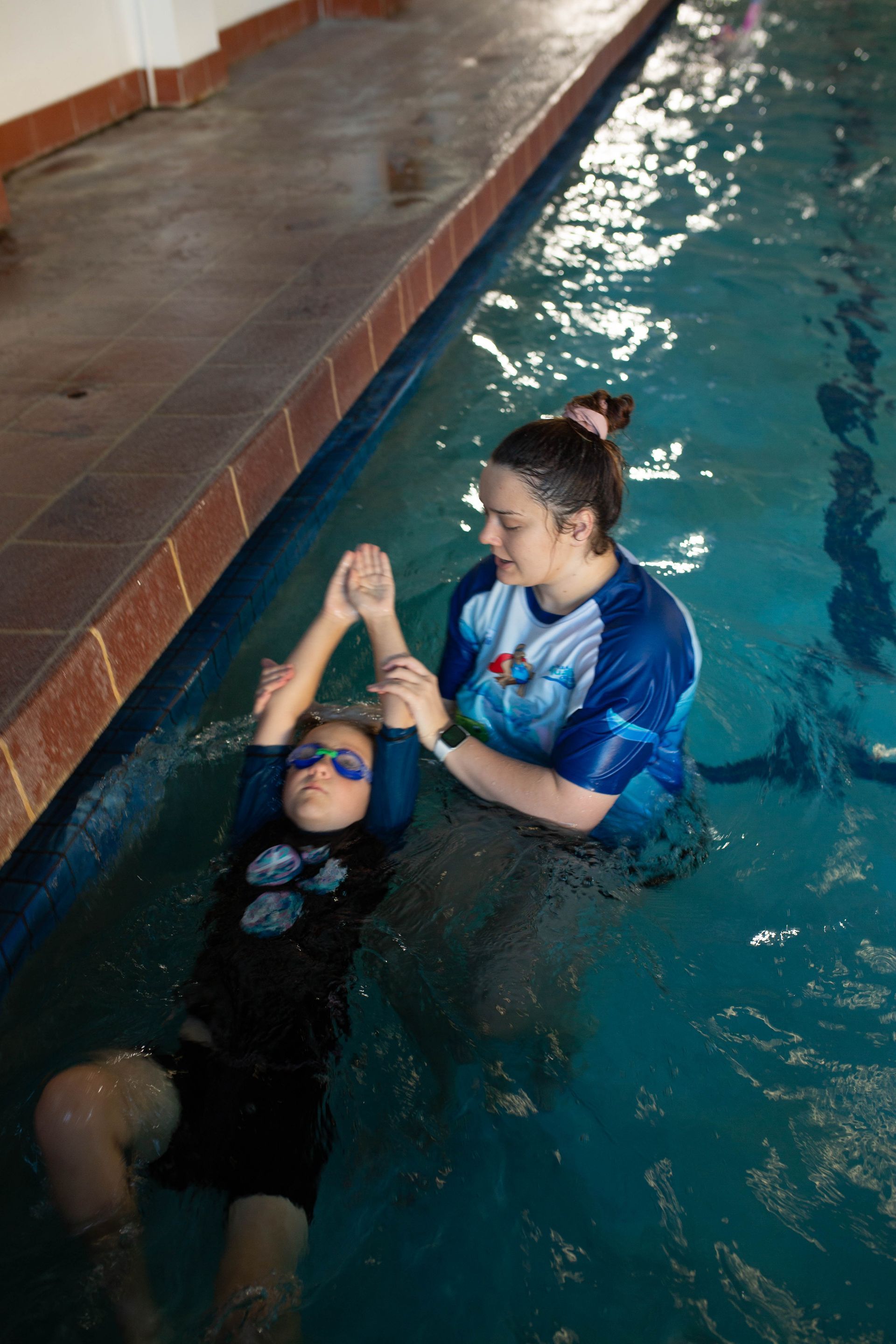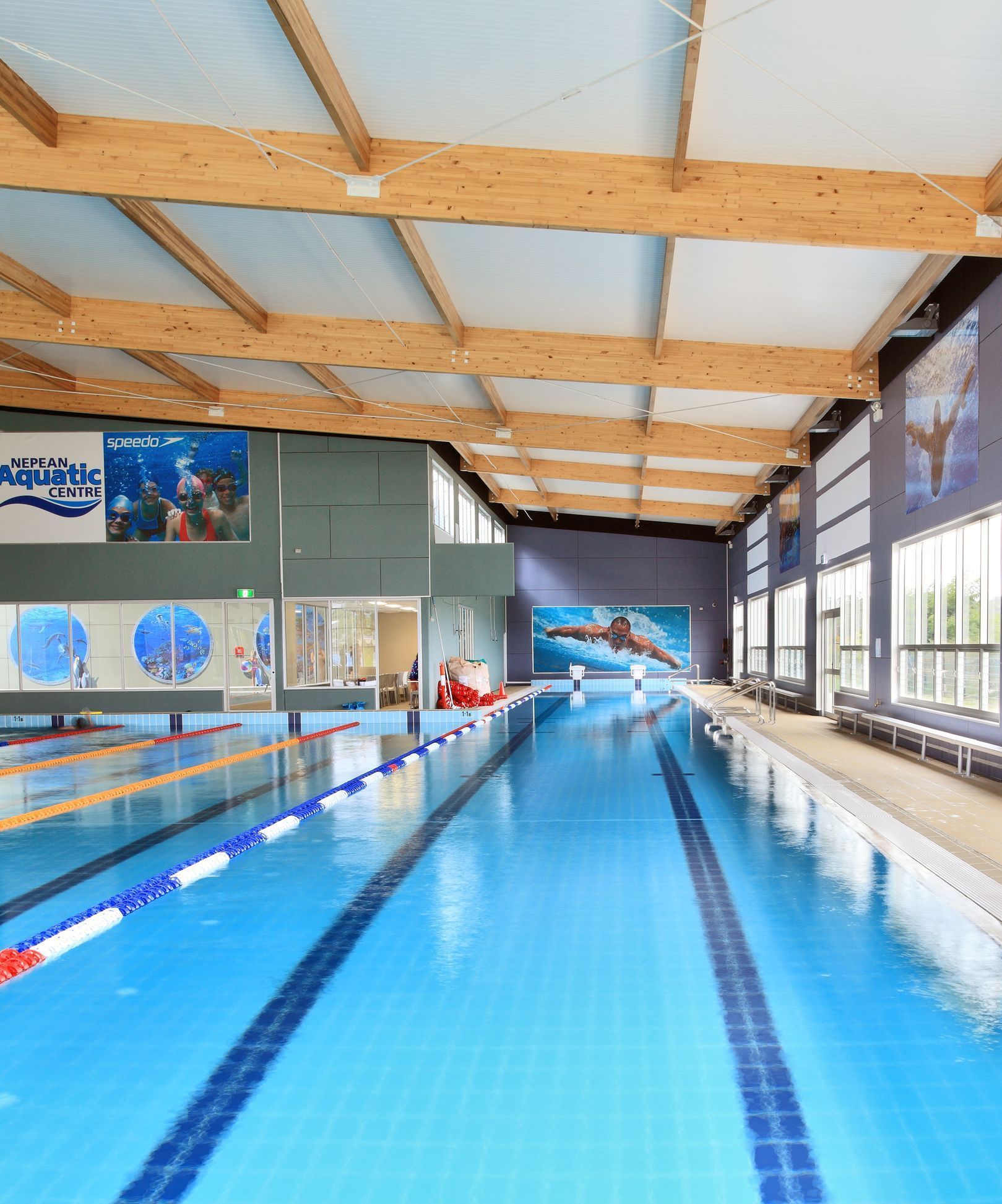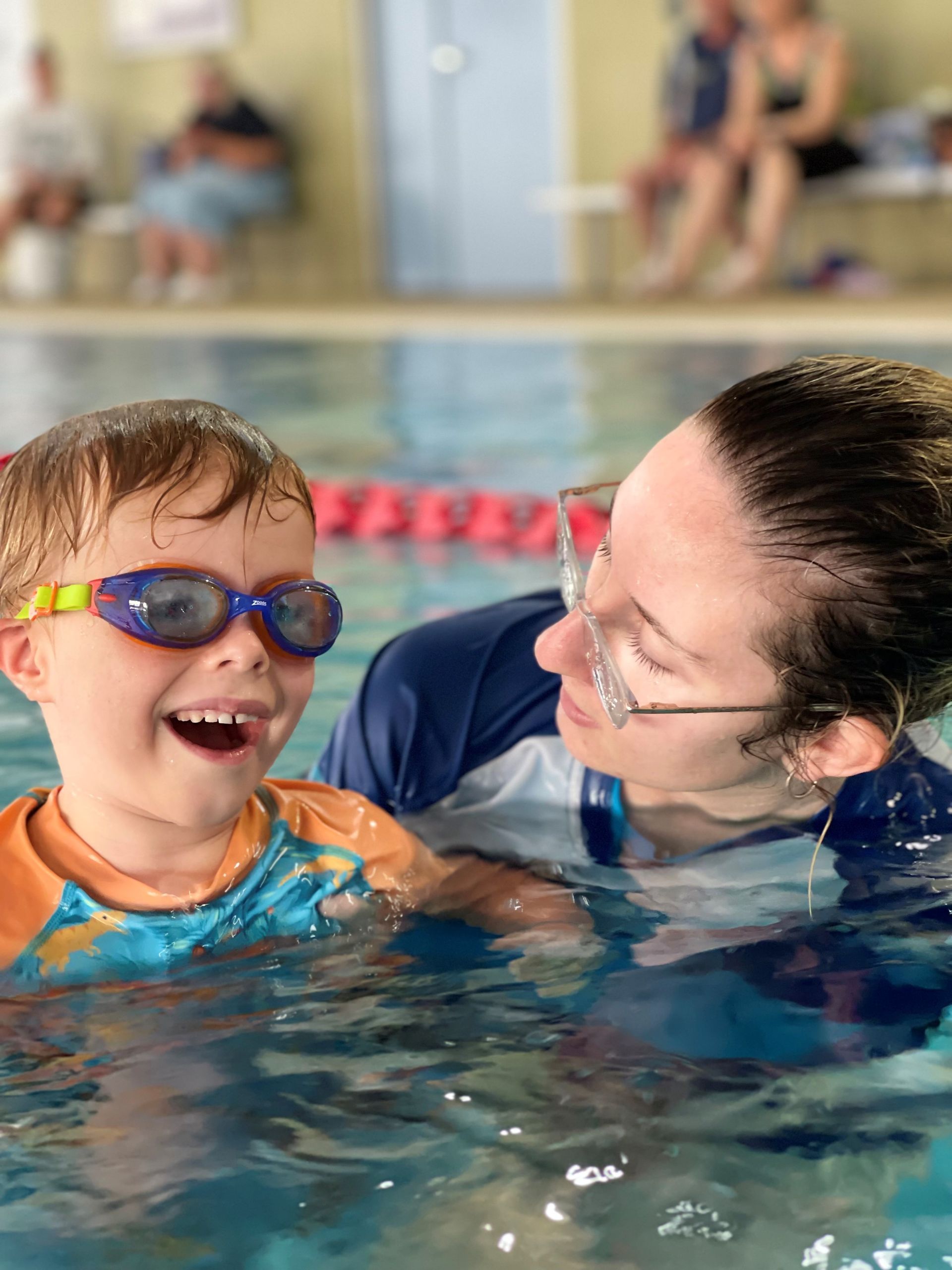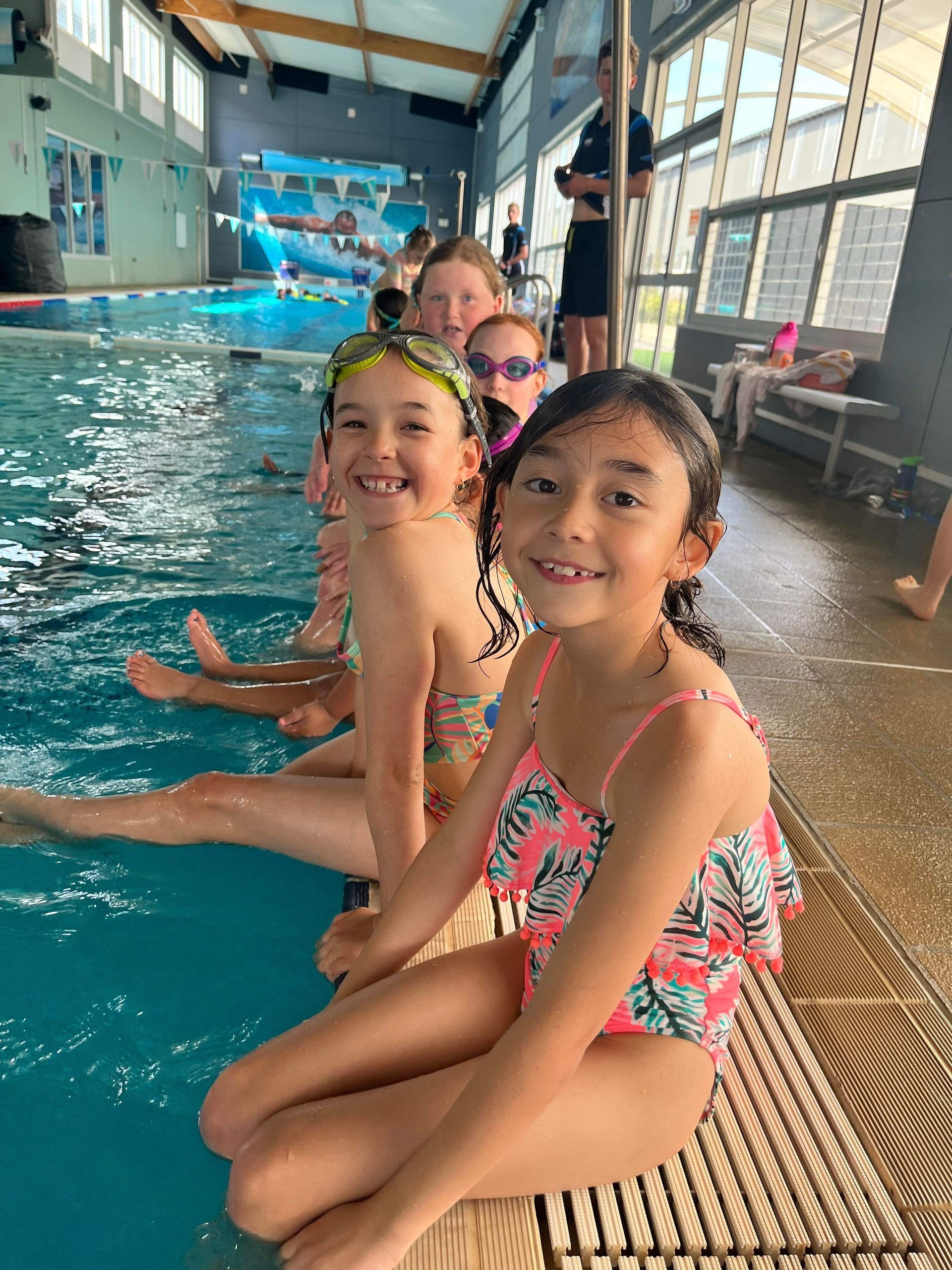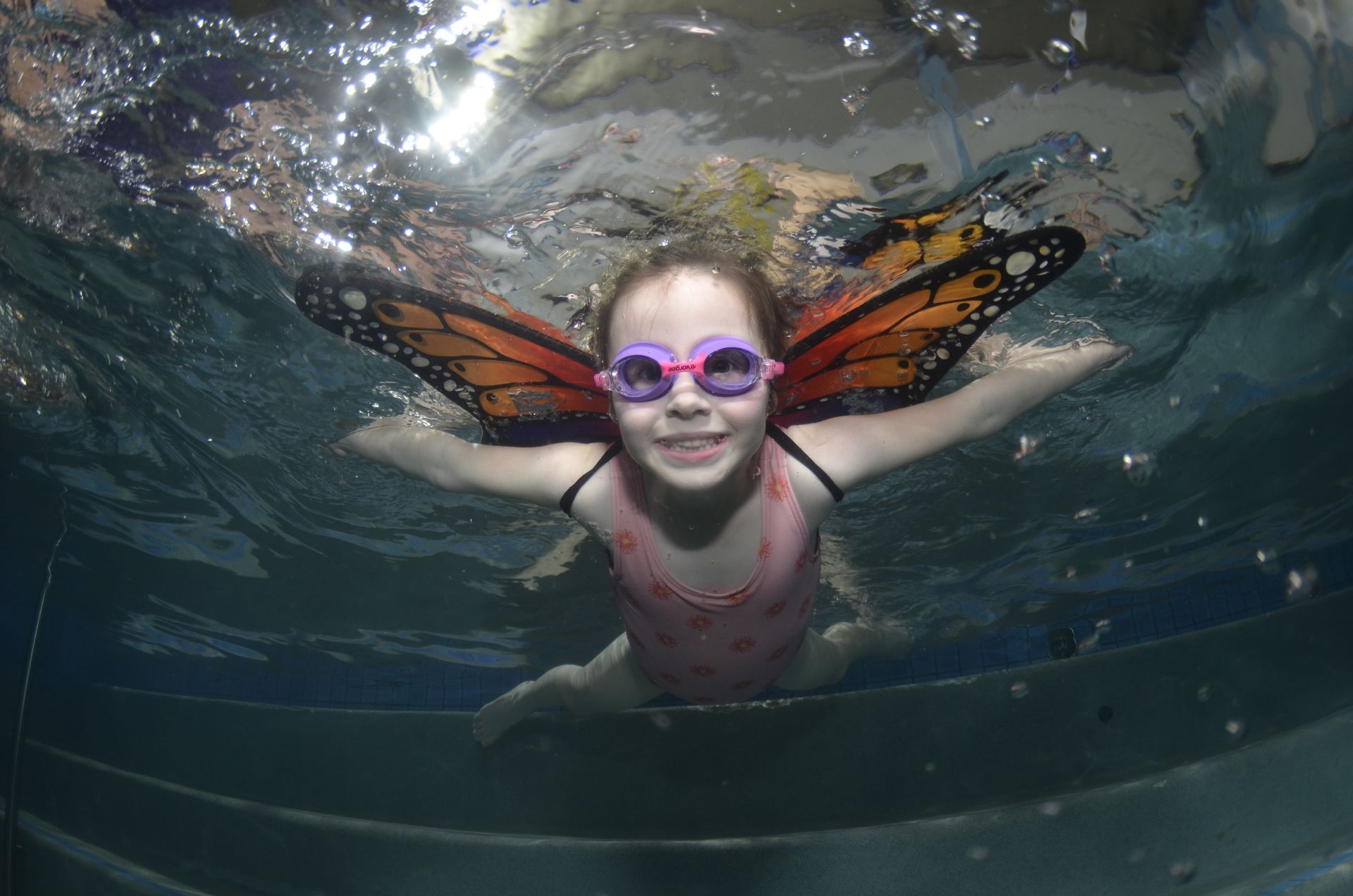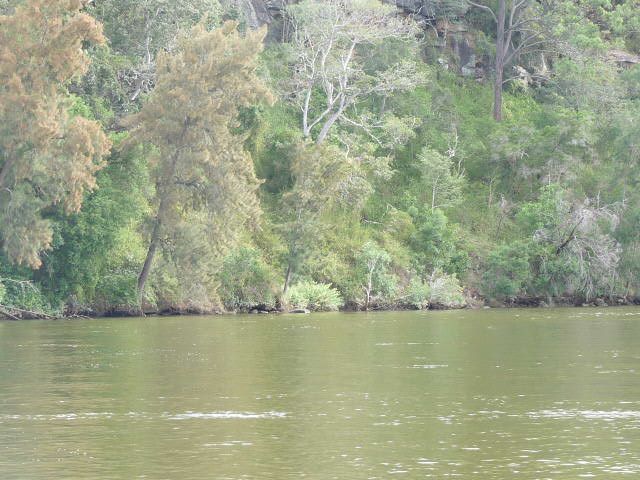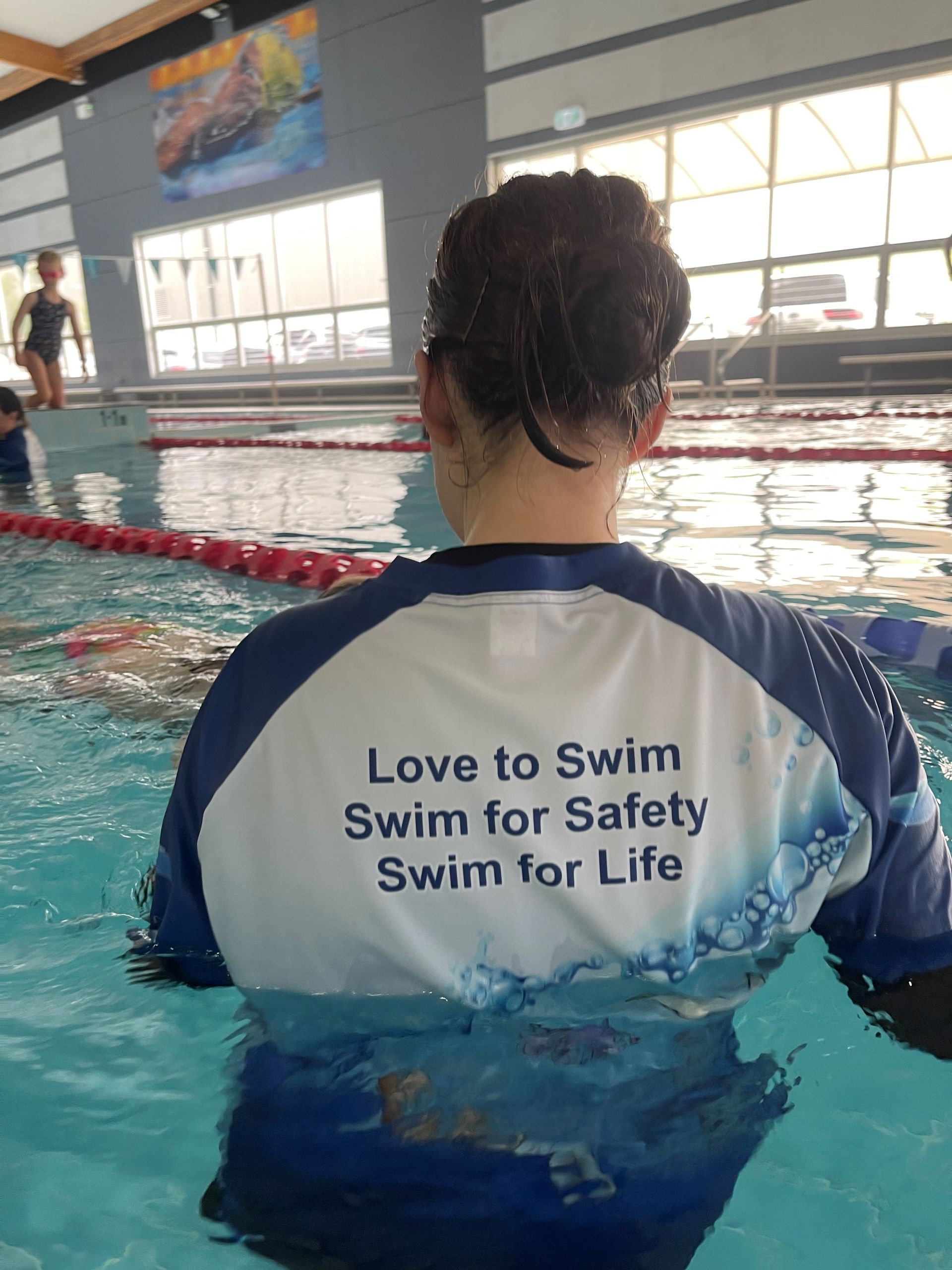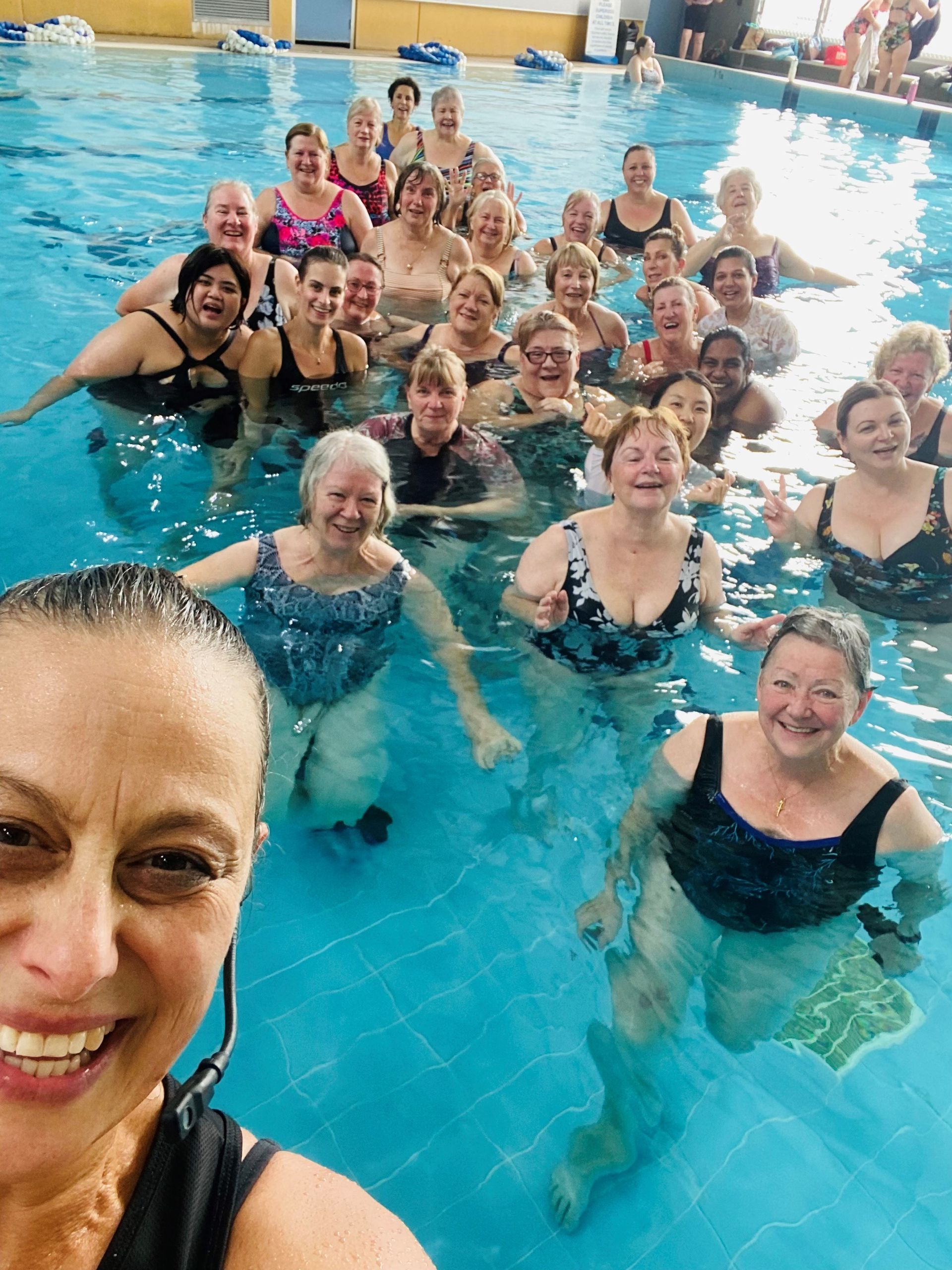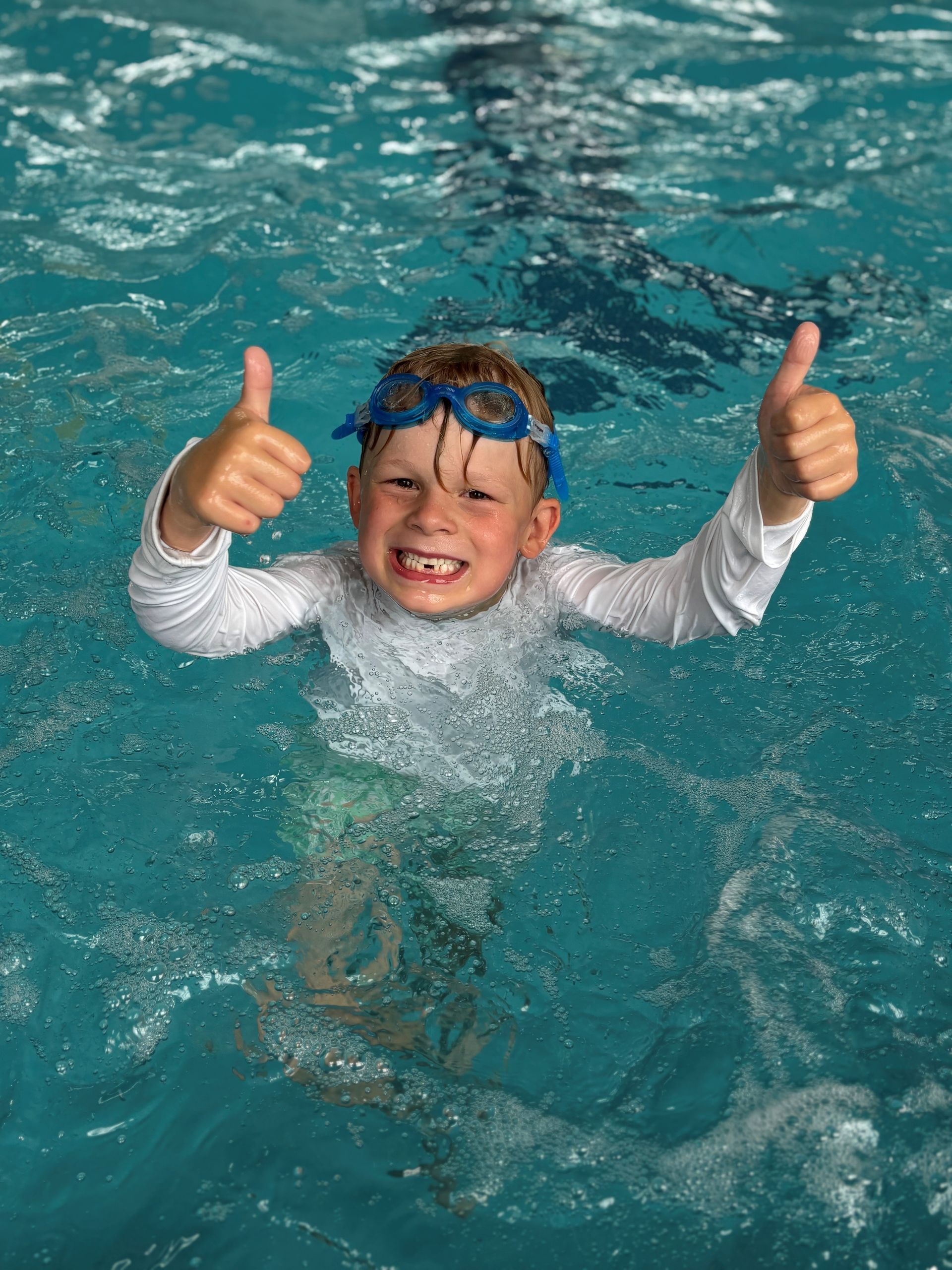How long does it take?
Learning to swim is a long term, ongoing process. Attending swimming lessons makes up an important part of a child’s weekly routine throughout their infant, preschool and early school years. Consistency is the key to the development and maintenance of good aquatic skills. Regular lessons all year round allow the child to practise the skills appropriate to their developmental stage and learn at their own pace. It is normal for the child to go through periods of plateau, regression and developmental leaps throughout the process, but be assured that over time constant progress is being made, building towards the attainment of the lifelong skill of proficient swimming.
A general guide to a child being a capable swimmer is when they are able to swim 400 metres with good technique, without stopping, and without becoming exhausted. This level of skill may take children individual amounts of time to reach, but it establishes a strong swimming foundation. These swimming skills should then be retained in children over 7 years of age, whereas younger children need consistent reinforcement to maintain their competency. There are then a range of aquatic sports options open to the swimmer to be enjoyed for fun, safety, health and fitness.
It is important to remember that swimming is not just another option on the list of sports and activities available to children – it is an invaluable life saving skill.
You can speed up your childs progression with multiple lessons a week. This is a great option to fast track your child’s swimming skills, and also come with great discounts.
When your child stops swimming, it takes them longer. The process should be ongoing, especially through winter. Swimming lessons are not a seasonal activity, and should be maintained all year round. Remember, our pools are heated both summer and winter. Swimming lessons play a crucial part in building layers of protection near water for young children, and the skills and behaviours taught in lessons need to be reinforced all year round. Again, consistency is key. The risks posed by drowning do not go away in winter, neither should the lessons.
Additionally, children under 5 are just beginning to develop muscle memory, and need constant reinforcement to retain skills previously learnt, so a break in lessons often results in a loss of skills. Don’t let all the time and money spent on lessons previous to the cooler months go to waste.
By swimming all year round children remain confident in the water, and remember, regular exercise helps to keep the body healthy and fight off winter illnesses. Be sure to remove wet clothing, towel dry and cover wet hair, and get warm and dry before leaving the swim centre.
